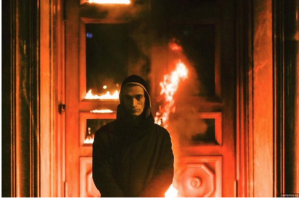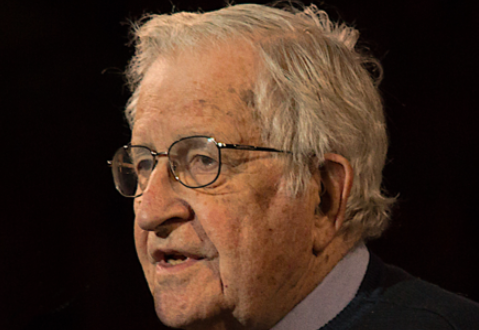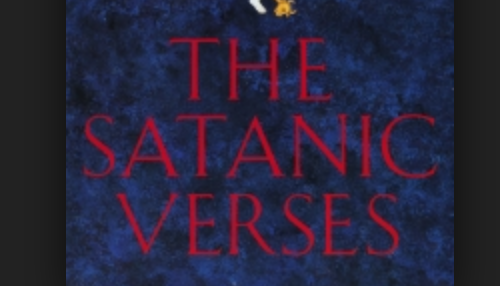This is a cross-post by Paul Canning
The message could not be clearer, in Russia history is decided by the state. The labeling of the legendary human rights group Memorial as a so-called ‘foreign agent’ underlines a process that has been going on for some time.
Last month the armed forces announced that they were setting up a unit which “will examine, first of all, the history of the Second World War, the facts related to the falsification of Soviet people’s victory in the Great Patriotic War and other events in the life and the armed forces.”
Official state media is publishing denial of the Holodomor, the “Terror-Famine”, as Robert Conquest called it, ordered by Stalin that killed as many as seven million Soviet peasants, most of them Ukrainians, in 1932-33.
Approval of Stalin is on the rise both officially, even from the head of the Orthodox Church, as well as among Russian people. Nikolai Svanidze, a writer and historian whose grandfathers died in the purges, told the LA Times that Stalin restoration is as a rival to the West, “which is the context in which he interests Putin.” Only two museums dedicated to the gulag exist. Writes Shaun Walker in the Guardian:
The Gulag is not ignored completely, but is “contextualised” in a way that plays down the horror and pairs it with the war, suggesting the two come as a package.
The deputy director of a new Gulag museum in Moscow told Walker that in remembering the Gulag “you can either put up a big portrait of Stalin and note goldmining achievements, or you can put up death rates and haggard faces.” Unfortunately, she says, “more often it’s the former.”
In an interview with XSoviet News, activist Alex Sinodov said:
People have the idea that Stalin solved problems. Stalin would take care of for instance the neighbours they don’t like. If you look at history the purges mainly took place within the military and government. During Stalin’s purges two percent of the general public were a target, but in the military and MGB (currently FSB) it was as high as 25 percent. If Stalin would be back then people believe that he would take care of parts of the government that they don’t like. Repression starts at the top of the government. As an example Stalin killed heads like Yagoda and Yezhov, the top people in the government suffered a lot.
I also think that by bringing Stalin back into society the Big Brother is watching you is brought back to life. Anything about Stalin also always really pisses off the opposition. That is a big difference between Stalin and Putin, Putin puts people who failed in high places, where Stalin would have eliminated them immediately. Putin doesn’t have control as Stalin did, I think the murder of Boris Nemtsov shows that. Kadyrov took care of Nemtsov, that probably wasn’t a direct order.
There are plenty of Russians though who are fighting back. Early on Monday morning Petr Pavlensky, the performance artist famous for nailing his scrotum literally to Red Square, set fire to a door at the FSB headquarters – the same HQ as the KGB. The door was personally designed by KGB Head Lavrentiy Beria (who Stalin called ‘my Himmler’).
The week before Russians had stood in the square outside the former KGB HQ to mark the annual day of remembrance for Stalin’s victims. Thanks to Memorial, each participant had a piece of paper in their hand with the names of two victims, their ages, professions, and dates of execution. Now Memorial’s branches in Moscow, Yekaterinburg, the Komi region and the St Petersburg branch discussed below carry a label which echoes the Stalin-era denunciations of alleged anti-Soviet spies.
Do read further analysis by Halyna Colnash as well as a statement by the chairman of the board of the Memorial Human Rights Centre, Alexander Vladimirovich Cherkasov, here.



